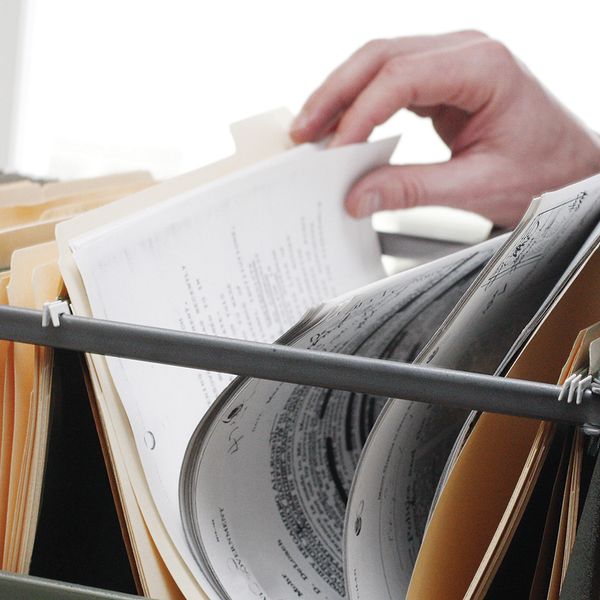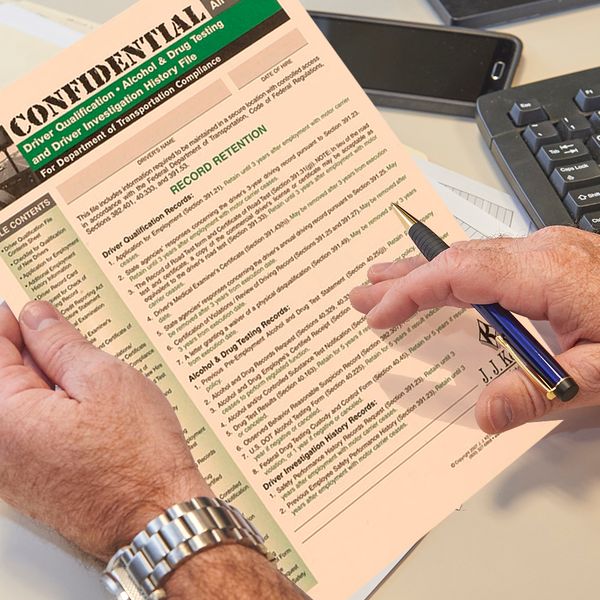Using temporary drivers to deal with the driver shortage is a risky road
Carriers with idle vehicles or that expect a surge in business may consider drivers from temporary agencies as an attractive option. However, carriers should understand the compliance and risk implications before leasing drivers.
Reduce the risk of driver leasing by understanding the rules, exceptions, and watchouts.
Driver qualification rules
Part 391 of the Federal Motor Carrier Safety Regulations (FMCSRs) requires anyone who operates a commercial motor vehicle (CMV) in interstate commerce to have a driver qualification (DQ) file created by the carrier (or its agent), using the driver unless an exception applies.
The DQ file requirements in Section 391.51 of the FMCSRs apply to the carrier using the driver, regardless of who pays the driver.
NOTE: The carrier cannot use the DQ file created by the leasing agency when that temp agency hired the driver. However, the agency can create a DQ file for the carrier as their agent.
Leased driver exceptions
The multiple-employer driver exception to creating an entire DQ file in 391.63 applies if the driver is:
- Fully qualified by another carrier, and
- Used by more than one motor carrier in any period of seven consecutive days (the definition of a multiple-employer driver).
For multiple-employer drivers, the carrier must obtain and keep for employment plus three years:
- The driver’s name and Social Security number;
- The driver’s license number, type of license, and issuing authority;
- Proof of medical certification as applicable to a commercial driver’s license (CDL) or a non-CDL driver;
- Verification that the certified medical examiner (CME) was on the National Registry; and
- Two drug and alcohol requirements and an exception that apply to CDL-vehicle drivers only are:
- Confirmation from the driver whether they failed or refused a DOT pre-employment drug test and did not obtain employment in the past two years per 40.25(j); and
- The prior ten years of regulated CDL-vehicle driving employment history per 383.35(c).
- FMCSA allows CDL-vehicle drivers to remain in the leasing agency’s Department of Transportation (DOT) testing program if the carrier expects the driver to work for them for less than 30 consecutive days.
Watchouts
There are at least four significant watchouts when using leased drivers, which are:
- The driver’s safety history from all temporary driving work may not be shared with the current leasing carrier, especially if motor vehicle records are not reviewed as allowed under 391.63.
- The DQ file exception does not apply when the driver works exclusively for the leasing carrier in any seven-consecutive day period.
- If expected to work for the carrier for more than 30 days, the driver must be in the carrier’s DOT drug and alcohol testing program. A carrier or its third-party administrator (C/TPA) must manage the entire random pool (company drivers plus those temporarily leased and operating under their DOT number).
- The Federal Motor Carrier Safety Administration (FMCSA) has not been clear on whether they require a pre-employment query for CDL-vehicle drivers when they remain in the agency’s DOT program. To be sure the driver isn’t prohibited due to a violation in FMCSA’s Clearinghouse, carriers should run the query.
A best practice is to include a leased driver in the carrier’s DOT testing program, even if the driver is expected to work for the carrier for less than 30 consecutive days.
Key to remember: A carrier using leased drivers must know the rules and watchouts to avoid compliance and risk issues.
































































